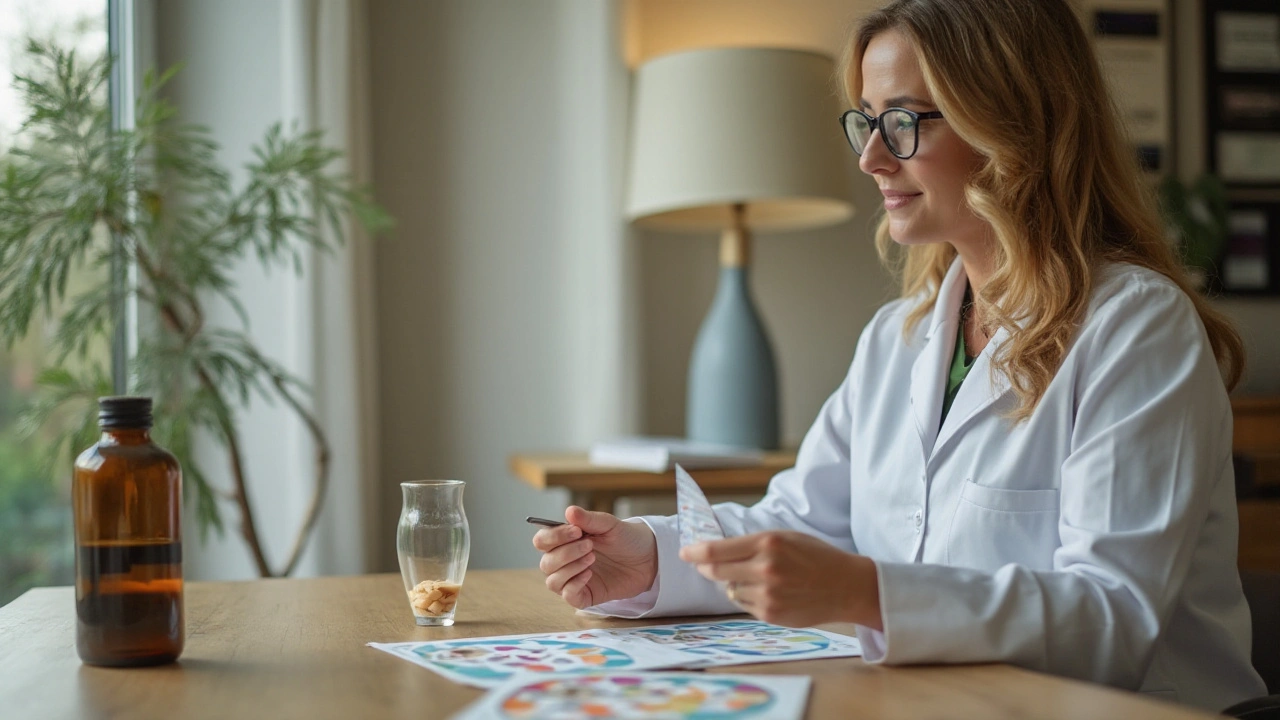Alcohol Use Disorder: Spot It, Get Safe, and Start Treatment
Alcohol use disorder (AUD) isn't just heavy drinking. It shows up as craving alcohol, losing control, needing more to feel the same effect (tolerance), and feeling sick when you stop (withdrawal). If drinking causes trouble at work, home, or with the law, that’s a red flag. This page gives clear, practical steps you can use right away.
How to know if it’s AUD
Ask yourself: Do you often drink more or longer than you planned? Have you tried to cut back and failed? Do you keep drinking even though it creates problems? A short screening tool doctors use is the AUDIT questionnaire, but you don’t need a test to act. If several of these things match your situation, contact a health professional.
Severity varies. Mild cases might mean short-term behavior change and tracking. Moderate to severe AUD often needs medical care, structured therapy, or medications.
What to do about withdrawal and safety
Stopping suddenly can be dangerous for some people. Mild withdrawal causes anxiety, sweating, shaky hands, and trouble sleeping within 6–24 hours. Severe withdrawal can include high fever, confusion, hallucinations, or seizures and needs emergency care. If you’ve had seizures, delirium tremens, or heavy long-term drinking, do not quit alone — get medical supervision. Clinics can use benzodiazepines and monitoring to make detox safe.
For a safer start at home: tell a sober friend your plan, avoid places or people who trigger drinking, throw out alcohol, and keep a phone nearby. Still, use these steps only if your drinking has been light to moderate; otherwise seek a supervised detox.
Treatment choices that work: medications and therapy. Naltrexone lowers cravings and the chance of heavy drinking. Acamprosate helps people stay abstinent after detox. Disulfiram creates unpleasant reactions if you drink and can be useful when paired with strong support. All meds have pros and cons and need a doctor’s prescription and monitoring.
Talk therapy matters. Cognitive-behavioral therapy (CBT) teaches you to manage triggers and change habits. Motivational interviewing helps you find real reasons to change. Peer support groups like Alcoholics Anonymous or SMART Recovery help many people stay consistent with recovery plans.
Practical tips for day-to-day progress: set small goals (skip one drink tonight), track every drink, avoid keeping alcohol at home, plan alternatives for stressful times (walk, call a friend), and celebrate each sober day. Get basic labs (liver tests, bloodwork) and review all medicines with your doctor — alcohol can interact with many prescriptions.
Where to get help: start with your family doctor, a local addiction clinic, or mental health service. If you feel unsafe or have severe withdrawal signs, go to the ER. If you’re unsure what to do, reach out to local helplines or community health centers for immediate guidance.
Ready to act? Make one small step today: call a health provider, talk to someone you trust, or schedule a screening. Recovery builds from tiny, steady moves forward.
Exploring the Most Effective Antabuse Alternatives for 2024
This article provides an in-depth analysis of various alternatives to Antabuse available in 2024 for treating alcohol use disorder. It explores medications like Naltrexone, Acamprosate, and Topiramate, among others, detailing their respective pros and cons. The piece also discusses lesser-known options such as Gabapentin, Ondansetron, and Valproate, offering valuable insights for individuals seeking different treatment pathways. Through a comprehensive comparison, readers can gain a clearer understanding of the options suited to their needs.
View More
